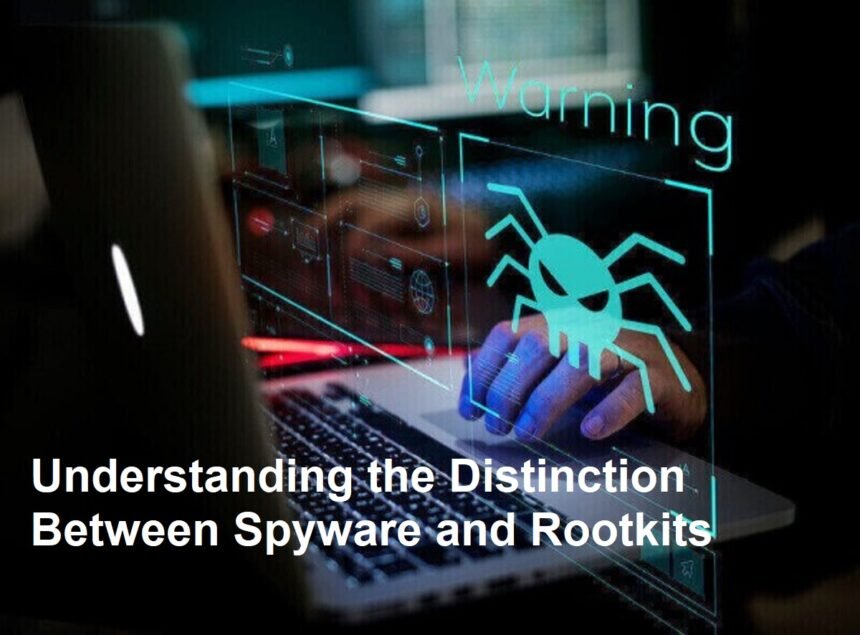Introduction
In the realm of cybersecurity, understanding different types of malicious software (malware) is crucial for protecting personal and organizational data. Among the most common yet insidious forms are spyware and rootkits. Although both are designed to infiltrate systems covertly, they serve different purposes and exhibit distinct characteristics. This article explores these differences and highlights their identifying features.
What is Spyware?
Spyware is a type of malware that secretly gathers information about a user’s activities without their consent. Its primary aim is to monitor, collect, and transmit data such as browsing habits, login credentials, keystrokes, or even sensitive financial information to third parties. Spyware often operates silently in the background, causing minimal immediate damage but leading to significant privacy breaches and security risks.
Characteristics of Spyware:
- Invisibility: Spyware typically runs in the background, making it difficult for users to detect.
- Adware Features: Many spyware programs display unwanted ads, pop-ups, or redirect search engines.
- Data Collection: It secretly records user activity, including keystrokes or browsing history.
- Performance Impact: Spyware can slow down system performance due to continuous data transmission or resource consumption.
- Common Distribution: Usually installed via deceptive downloads, email attachments, or bundled with legitimate software.
Signs of Spyware Infection:
- Unexpected pop-up advertisements.
- Slow computer performance.
- Unusual network activity.
- Changes in homepage or search engine.
- Unauthorized access to accounts or emails.
What is a Rootkit?
Rootkits are a more sophisticated and dangerous type of malware designed to gain or maintain privileged access to a computer or network while hiding their existence. They operate at a deeper system level, often integrating into the operating system itself. By concealing files, processes, or system data, rootkits make detection extremely difficult, allowing cybercriminals to maintain control over compromised systems for extended periods.
Characteristics of Rootkits:
- Stealth: Conceal their presence by hiding processes, files, and network connections.
- Deep Integration: Embed themselves into the operating system kernel or core system files.
- Persistence: Difficult to remove because they can survive reboots or system repairs.
- Control: Enable attackers to execute malicious activities, steal data, or manipulate system functions.
- Types: Include kernel rootkits, user-mode rootkits, bootkits, and firmware rootkits.
Signs of Rootkit Infection:
- Unusual system behavior, such as crashes or slowdowns.
- Files or processes that cannot be deleted or are hidden.
- Alterations in system or security settings.
- Increased difficulty in detecting malware via conventional antivirus tools.
- Unauthorized network activity or remote access.
Conclusion
Understanding the differences between spyware and rootkits is vital for effective cybersecurity. Spyware primarily aims to monitor and collect user data stealthily, often leading to privacy violations. Rootkits, on the other hand, are deeply embedded malware designed to hide their presence and give attackers prolonged control over a system. Recognizing the signs of infection and utilizing advanced detection tools can significantly enhance security and help mitigate the risks posed by these malicious programs.
In today’s digital landscape, staying vigilant against these threats and maintaining robust security practices—including regular system scans, updates, and cautious browsing—are essential steps toward safeguarding information and maintaining system integrity.












